To get a taste of Linux, you don’t always have to have a beast of a computer. We know that the latest version of Ubuntu and other such newer Linux distros can be a bit difficult to run on older systems. However, there are many operating systems in the world of Linux that are especially geared toward machines with low-end specifications.
And the best thing about them is that they still provide users with a genuine Linux experience but go easy on the computer resources by cutting down on a few less-needed elements. Other than that, you’ll also see that even though these distributions are really lightweight, they still happen to come with many features.
Best Lightweight Linux Distros [2020]
When you do a Google search for the best lightweight Linux distros, you are sure to come across a variety of such operating systems. The truth be told, a significant percentage of these Linux distributions might not be up to the mark when it comes to their features, security, speed, and the overall Linux experience.
Accordingly, we thought to give you guys and gals a favor and come up with this comprehensive list where you’ll only find the lightweight Linux-based distros that rarely fail to deliver.
1. Puppy Linux
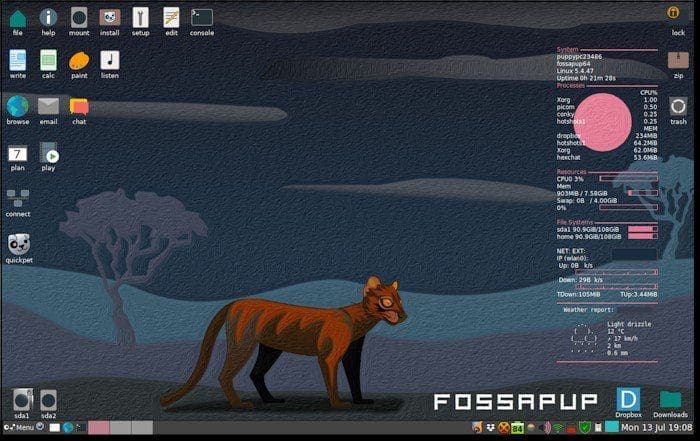
Puppy Linux Desktop
At the top of our list, we have none other than Puppy Linux, which is sure to be a sigh of relief for your system resources. When it comes to the processor, you’ll need one with 600 MHz of processing speed. And, as for memory, this operating system only requires 256 MB of RAM.
Apart from that, this distro is only 300 MB in size, so you can rest assured that it won’t go too hard on your hard disk. With that being said, the best thing about this distro is that its older versions can even run on 32-bit systems. So, even if you happen to own a potato PC, the chances are that it will still be able to work with Puppy Linux.
One thing to note about this operating system is that it is based on packages from distributions such as Slackware and Ubuntu. Moreover, it’s so user-friendly that even users who are just getting started with Linux won’t take much time getting the hang of it. However, you should note that the distro doesn’t come with many pre-installed applications as you’d expect from a lightweight OS.
The only complaint you can have with this distro is the lack of a modern user interface. However, with such minimal system requirements, what else could you expect?
2. Bodhi Linux

Bodhi Linux
Bodhi Linux is another popular operating system to make our list of lightweight Linux distros. Its minimum hardware requirements are sure to amaze you since the OS only requires a 500 MHz processor, 256 MB memory, and 5 GB storage space to run properly. Now in this day and age, even decade-old computers would have these needed specifications. And, although its newer versions work on 64-bit systems only, you can give a shot to Bodhi Linux Legacy if you want a Linux distro for your 32-bit computer.
Bodhi Linux also happens to offer the true Linux experience since this distro is based on Ubuntu LTS. However, the thing that you’d like the most about this lightweight distro is its attractive user interface, which is miles ahead of that of Puppy Linux. On the downside, you won’t find that many pre-installed applications since its ISO file isn’t even 1 GB in size. All-in-all, Bodhi Linux should be your top choice if you’re looking for a lightweight Linux distro with an attractive GUI.
3. TinyCore
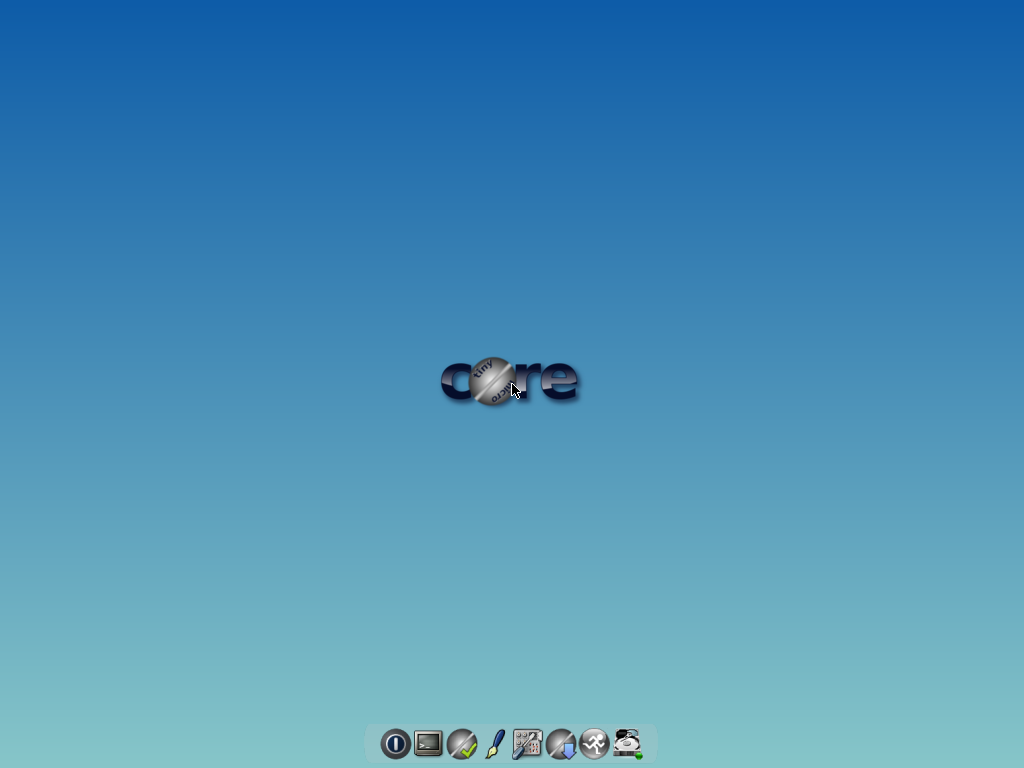
TinyCore Desktop
Now, if you’re looking for possibly the most lightweight Linux distribution out there, then TinyCore should be your first choice. However, we should let you know that you’d be quite surprised by its minimum system requirements. As for the processor, this OS can even run on an i486DX, so best believe that there’s a high chance that it’ll run on yours. When it comes to the main memory, you wouldn’t need more than 64 MB RAM. And, that’s pretty much all that you need if you want to get a taste of Linux, courtesy of TinyCore.
With that being said, you should know that this operating system doesn’t have many functionalities to offer to users. In fact, you’ll only find the Linux kernel and the root filesystem with this OS, so all the other tools have to be built separately. Accordingly, newbies would have a real hard time using this Linux distro. Other than that, this size of this distro is only 16 MB, so forget about any pre-installed applications. Thus, we only recommend TinyCore to advanced users whose top priority is minimal system requirements.
4. Xubuntu

Xubuntu Desktop
If you’re a fan of Ubuntu but want to try out something lightweight, then this Xfce-based flavor of the operating system might be what you’re looking for. It doesn’t come with high system requirements as you’d need an AMD Athlon or Pentium Pro processor to run this distro. When it comes to memory, 512 MB of RAM would be enough. However, the latest version of Xubuntu only supports 64-bit systems, so you should go for Xubuntu 18.04 if your system has a 32-bit architecture.
What gives Xubuntu an edge over other lightweight Linux distros is that it’s not only aimed at low-end but high-end systems. Accordingly, you’ll find that this operating system has everything you’ll need to get a top-notch Linux experience. Also, you’d be surprised by how attractive and neat-looking the Xfce desktop environment really is. Apart from that, there are plenty of pre-installed applications with Xubuntu as well, but they come at a cost since the OS would need at least 8 GB of free space.
5. Zorin OS Lite
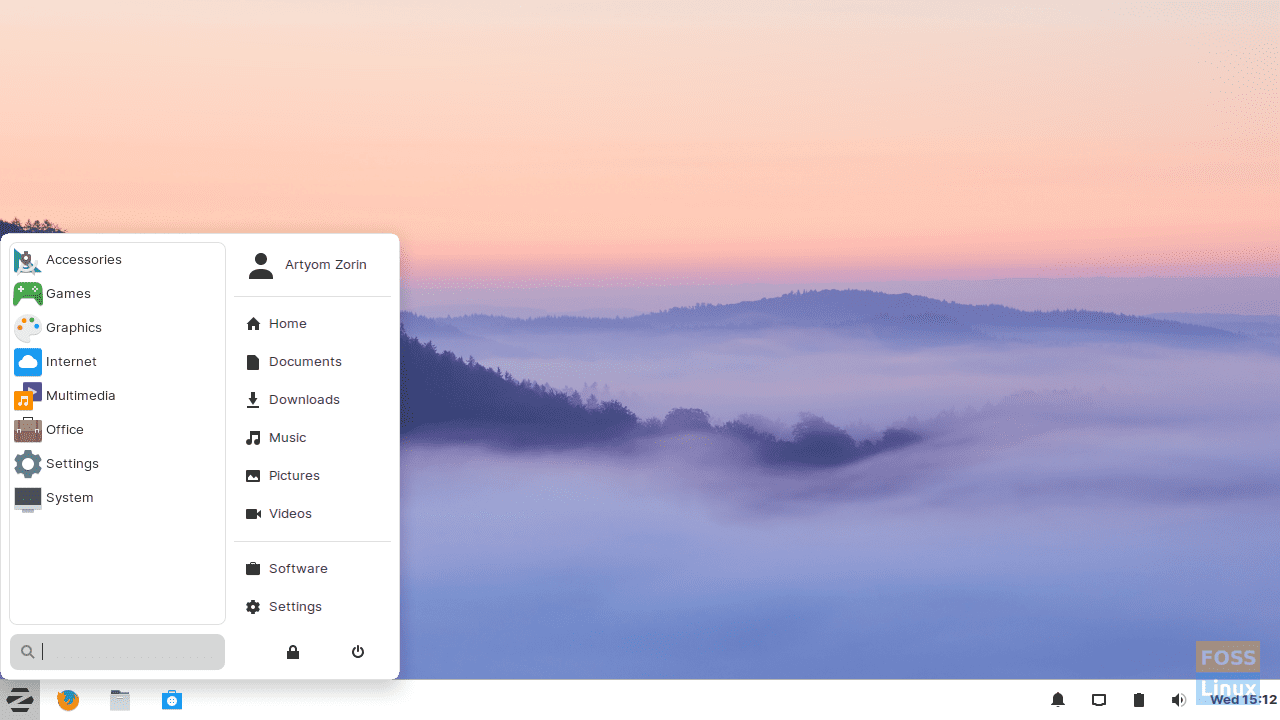
Zorin OS 15 Lite Desktop
We have another lightweight Linux-based operating system on this list that also happens to be based on Xfce: Zorin OS Lite. There are two versions of this distro, which are aimed at 32-bit and 64-bit systems, respectively. Your computer should have a 700 MHz single-core processor, 512 MB of RAM, and 8 GB of free storage space for its minimum system requirements.
Although this is the Lite edition of Zorin OS, you should know that you still won’t be missing out on too much. As you’d expect, this operating system won’t come with a plethora of pre-installed apps. However, you’ll still get basic applications such as a browser, media player, and low-end games as well. Even with such minimal system requirements, this Ubuntu-based operating system still offers a full-blown Linux experience to its users. Moreover, its user interface is simple and quite optimal for beginners, all thanks to Xfce.
6. Linux Lite
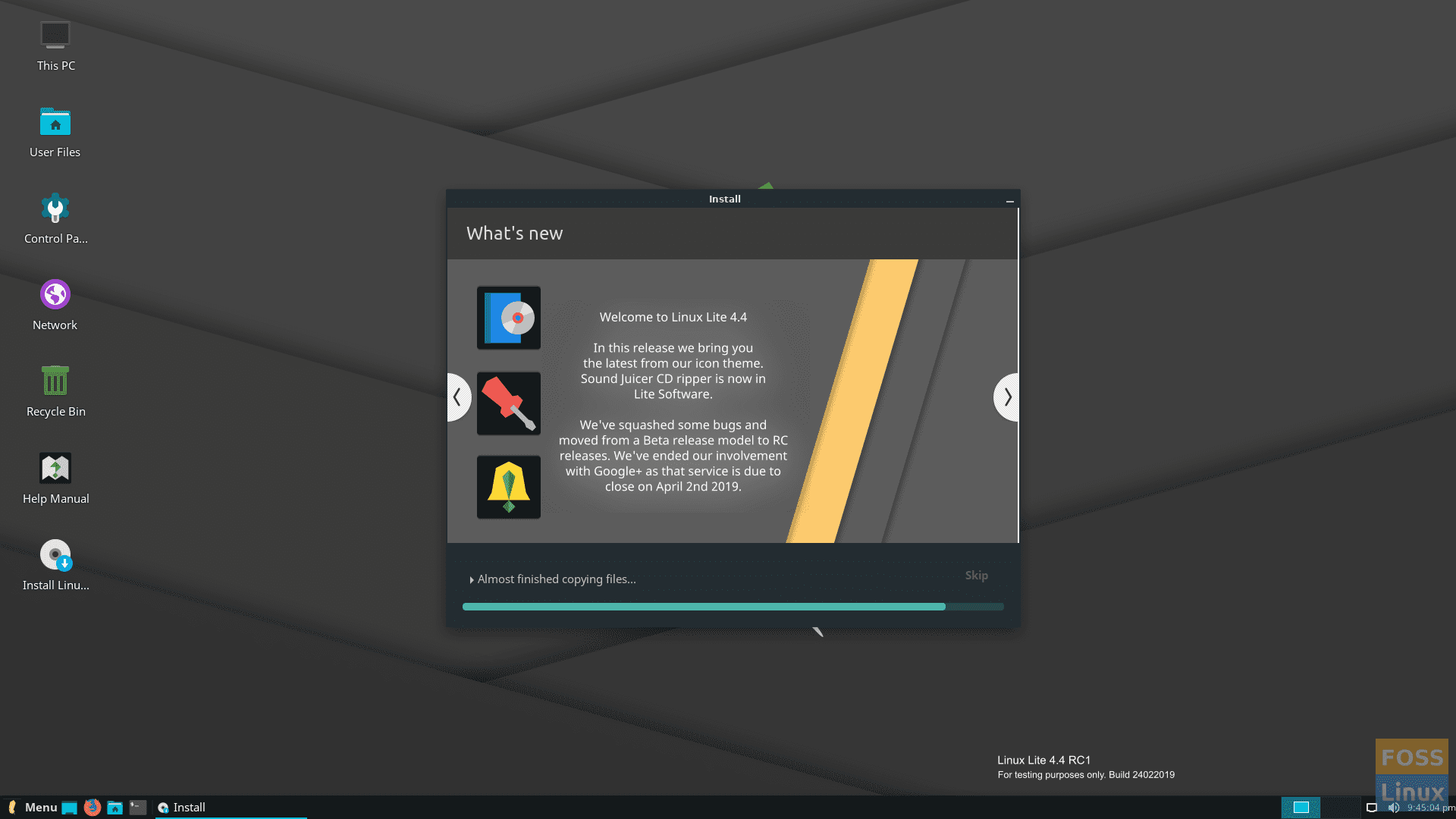
Linux Lite 4.4 Desktop
As the name suggests, this distribution is there to provide you with a Linux experience without demanding too many resources. Accordingly, it can run on any computer with a 1 GHz processor, 768 MB of RAM, and 8 GB free storage space. Albeit the fact that these system requirements are comparatively high, you’ll be getting in return a more full-fledged Linux experience based on Ubuntu LTS itself. However, keep in mind that the newer versions of Linux Lite won’t run on 32-bit systems.
We like the most about this distro because it comes with LibreOffice, GIMP, Dropbox, VLC media player, and Firefox. So, Linux Lite would make the perfect choice for those who want to get many pre-installed apps, all while safeguarding their system resources. Other than that, newbies would find it quite easy to learn this operating system since not only is it user-friendly, but Ubuntu tutorials are also at their disposal.
7. LXLE
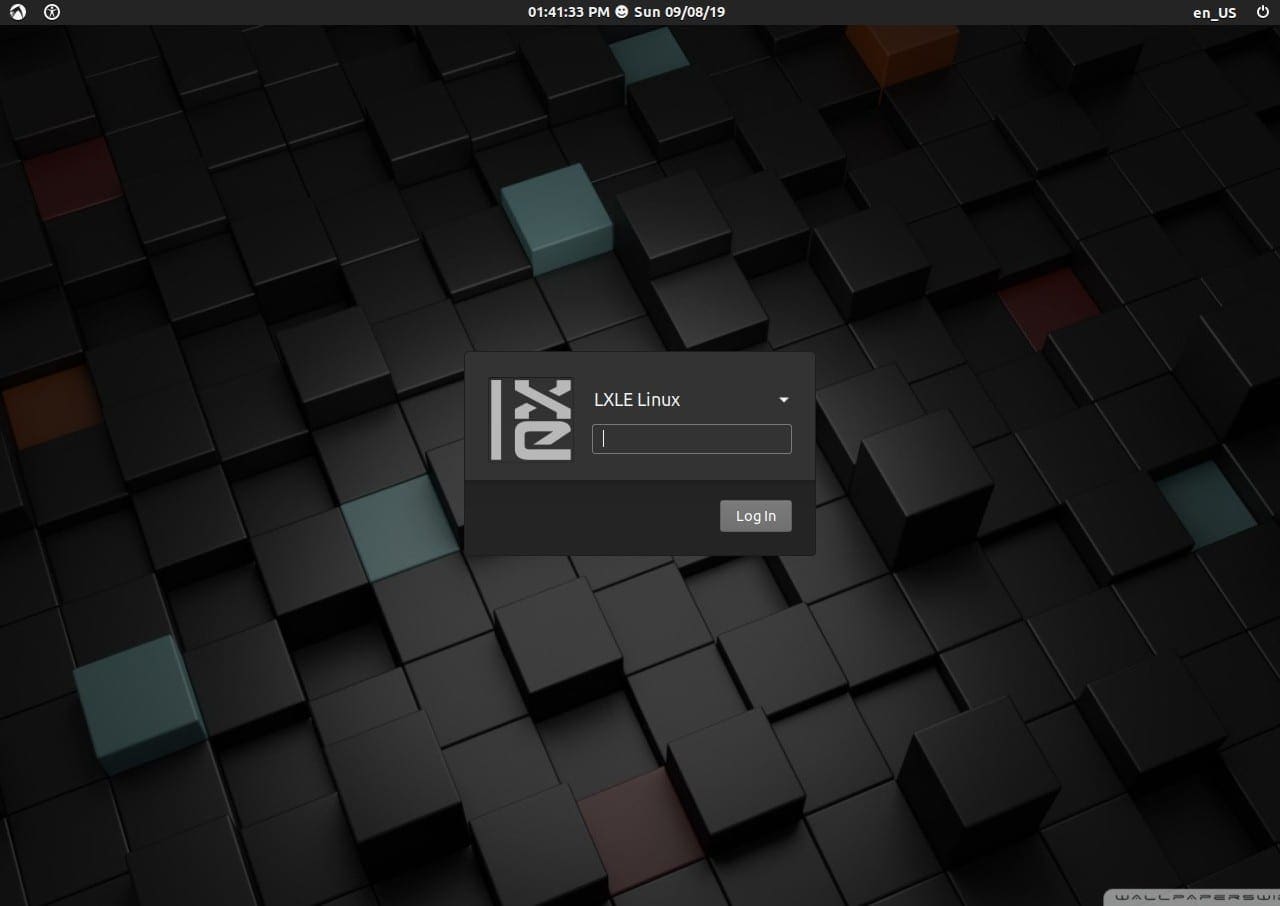
LXLE OS
LXLE is definitely worth a shot for everyone who wants to try out Lubuntu on their older computers. The system requirements should be satisfied by most of the PCs out there since the OS only requires a Pentium 3 CPU, 512 MB of RAM, and 8GB of free storage space. Other than that, you can rest assured that it will run on both 32-bit and 64-bit systems.
What gave LXLE a spot on our list is that it comes with a jaw-dropping GUI, courtesy of the LXDE desktop environment. Plus, you’re also going to be getting many pre-installed lightweight applications such as LibreOffice, Audacity, and GIMP. Moreover, another great thing about this distro is its support for older hardware, making it a viable option for those using legacy computers.
8. Damn Small Linux
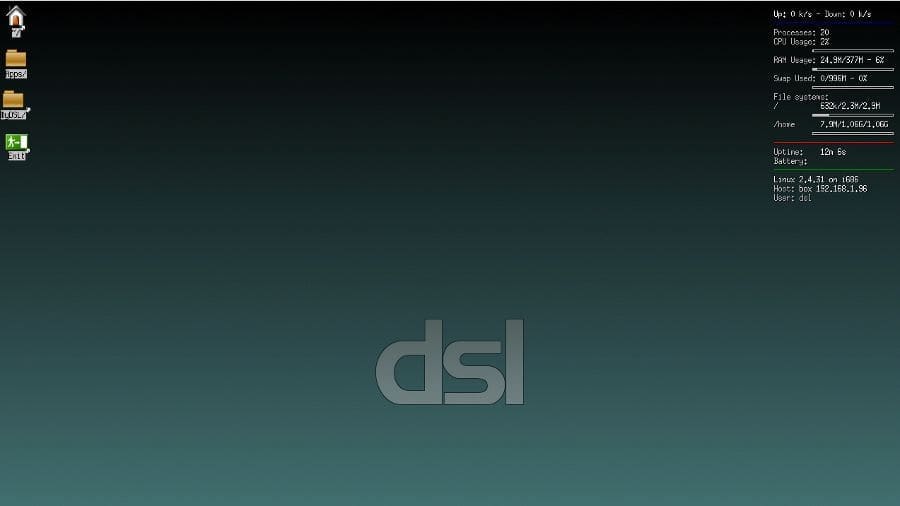
Damn Small Linux
As you can see from its name, this Linux distro is so small that it’s sure to make you say, “Damn!” There are very high chances of this operating system to run on your computer since it can even work with an ancient 486 CPU. Your computer needs no more than 16 MB of RAM to run this Linux distro in terms of required memory.
However, one thing that really surprised us about this distro is that it comes with plenty of tools even though it’s not even 50 MB in size. Accordingly, you’ll be able to browse the Internet with Firefox or Dillo, work with office documents using the Ted word processor, and see your e-mails, all thanks to the Slypheed client. With that being said, before going for this OS, you should note that it hasn’t been updated for quite a while so that you can run into bugs. Accordingly, we won’t recommend this option to people who are just getting started with Linux.
9. Slax
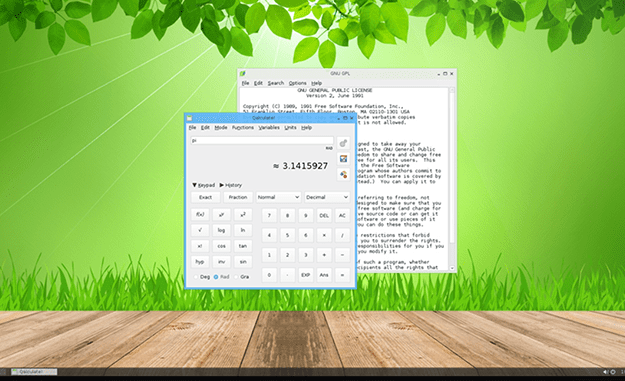
Slax Pocket OS
Slax is truly an underrated entry in our list as the Linux distro’s minimum system requirements are sure to amaze you. This operating system can even run on a CPU as old as an i686, so best believe that it will also work on yours. As for the main memory, you’d need 512 MB of RAM if you plan on browsing the Internet. If not, 128 MB of RAM would be sufficient to run this operating system.
Debian powers Slax with many functionalities removed, as you’d expect from such a lightweight distro. With that being said, what makes Slax so special is that you can even run it live from a USB drive. Apart from that, its user interface isn’t all that bad either, and you’ll be getting essential pre-installed applications as well.
10. antiX
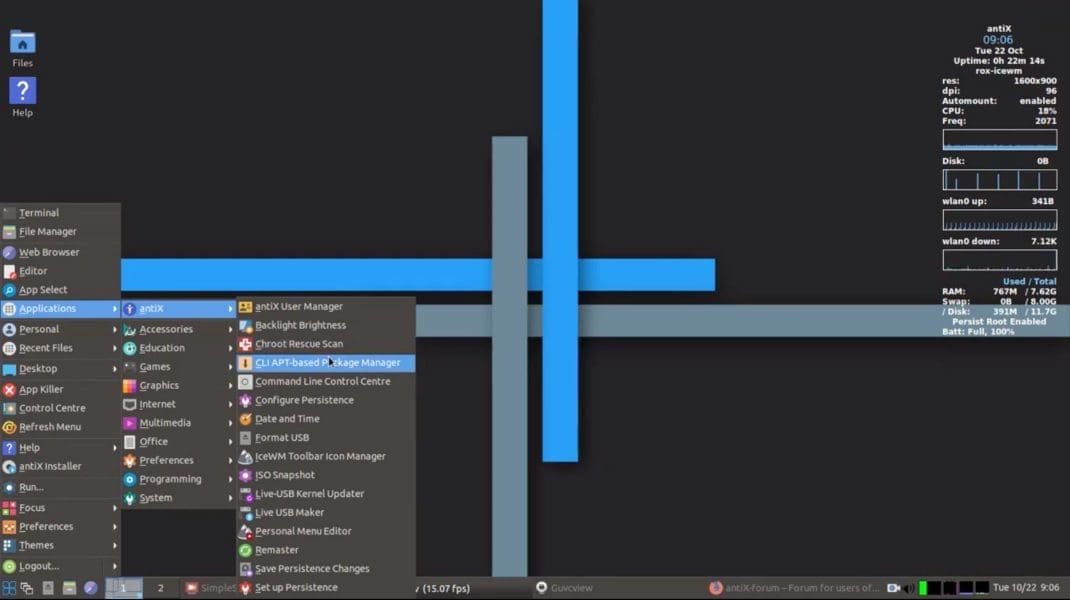
antiX
Before we begin introducing antiX, we should mention that this distro is based on Debian but doesn’t come with systemd init system. So, if you’re fine with that, you can run this Linux distro on a Pentium III or better CPU that has at least 256 MB of RAM and 5 GB of free storage space. As for the architecture, antiX supports both 32-bit and 64-bit computer systems.
Besides regular installation, you can also run this operating system live on your computer using a USB stick. Even though it comes with the essential applications pre-installed, it’s totally possible to install other software once the OS gets running on your computer.
Conclusion
As you could see from our list, just because an operating system is lightweight doesn’t mean that it has to be lackluster. There are several lightweight Linux distros available to be used by both beginners and professionals alike. However, if you’d like to make an addition to our list, feel free to tell us about the lightweight Linux distro in your mind in the comment section below.

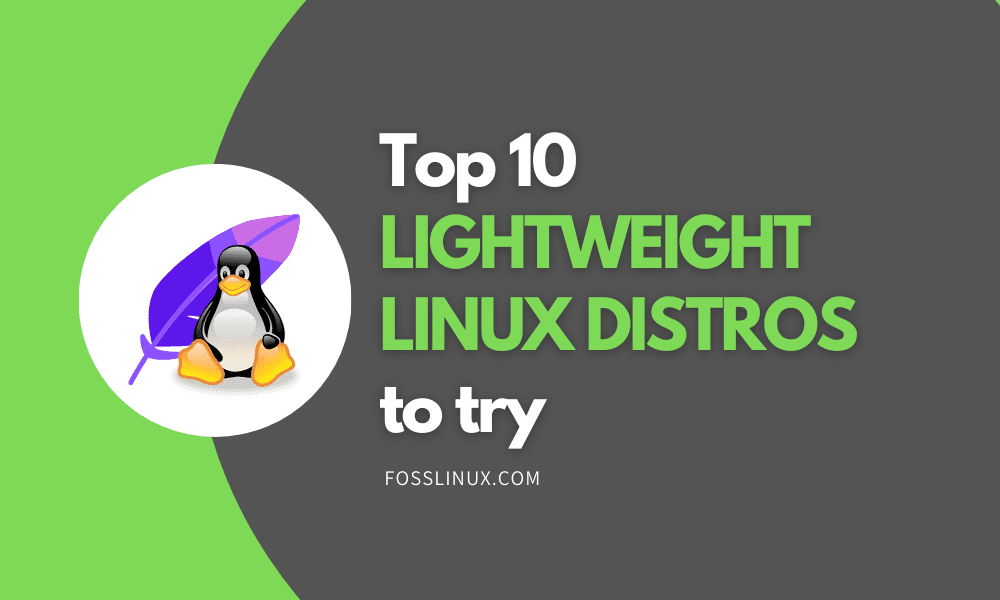
3 comments
Why Xubuntu but not Lubuntu? LXDE/LXQT is a lighter desktop than XFCE.
Damn Small Linux last release was August, 2012. There have been no updates since then. While it may be quite small in size, after 8 years of no updates it is also quite insecure. According to DistroWatch, DSL development and the distro have been “Discontinued”. You might as well recommend Buffalo Linux or Linspire.
Peppermint OS Linux ?
My criteria for a light weight Linux
– should not consume more than 128 MB to 256 MB of RAM. At 512 MB, I might as well use a standard distro, turf off a few services and and just choose a simpler DE, not commit to a whole distro.
– should still be backed by a full package manager like apt, pacman etc
I am using antiX for now, but I would be trying to build a custom one from Puppy’s Woof-CE.